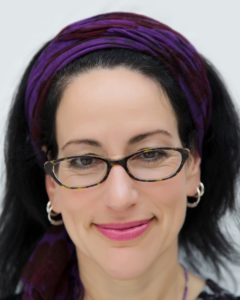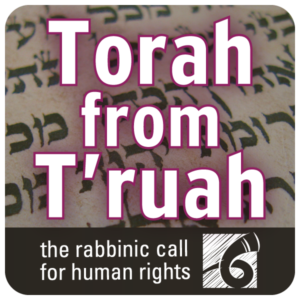Commentary on Parshat Pekudei (Exodus 38:21 – 40:38)
Human beings can re-create the world, says the Torah in Parshat Pekudei.
This is heartening news for Canadians. Only a few decades ago, the Canadian government supported the genocide of Indigenous peoples. But, with the closing of the last Indian residential schools, genocidal policies have come to an end. Today, we hope to restore relationship, respect, and equity between Indigenous and European Canadians. We are working towards reconciliation.
From 1876-1996, the Canadian government and churches operated 139 schools to re-educate 150,000 First Nations, Inuit, and Metis youth. Education, they hoped, would lead to assimilation and, in a few generations, the elimination of Indigenous cultures. Most residential schools were poorly funded, with strict rules, severe punishments, scarce food, physical and sexual abuse.
David K. was a survivor of an Indigenous residential re-education school. His story is unique, but also typical. Agents from the Department of Indian Affairs took David from his parents. They placed him in the school. He would learn Canadian culture, they said, and take his place in society. But there was actually no place waiting for him.
Sign up to receive Torah from T’ruah in your inbox each week.
When David was 16, the school released him into the foster care system. A Jewish family adopted him, and he loved them. As a young adult, he did seasonal outdoor work in the north. Low-wage Indigenous laborers like him got no company benefits. When a piece of heavy equipment cut through his abdomen, he never fully healed. Pain haunted him, and he couldn’t work. Eventually, his adoptive parents died.
Still, David wrote beautiful poetry, scribbling on napkins and torn envelopes. He used to come to our synagogue on Shabbat and recite his poetry sometimes. So, he became part of our community. We prayed with him, ate with him, and sent him home with supermarket gift certificates.
Many individuals, families, and communities were broken by the residential schools. The government of Canada has promised to rebuild what was broken, in partnership with local Indigenous leaders. Political leaders have called for action. They have set out guidelines. Ninety-four specific tasks include action on child welfare, education, language, culture, health, and justice. That’s a lot of tasks!
Resources and energies will have to come from the entire Canadian community. From courts hearing restitution claims, corporations consulting on land use, small employers hiring Indigenous folk, gift-givers buying Indigenous art, educators teaching respectful histories, religious leaders respecting Indigenous spirituality, and more.
Can we succeed in rebuilding? Can we engage everyone? Parshat Pekudei gives us hope. It describes a successful community project.
Initially, instructions came from the political leader, Moses. “God told me,” Moses said, “Let them set apart a place for me, and I will dwell within them.” (Exodus 25:8). God and Moses called the place the mishkan, the dwelling place. Moses outlined the entire project in detail. And then he invited people to contribute as they could. And they did! In such great abundance that Moses had to say, “Enough!”
Then, artisans and their helpers cut wood, cast precious metals, wove fine fabrics, ground fragrant spices, and baked sweet breads. Priests got ready to learn the rituals they would perform at the tent — rituals of atonement, healing, and celebration.
Find more commentaries on Parshat Pekudei
When the project was finished, Torah says: “All (kol) the work of the mishkan meeting tent was completed (vataykhel). The Israelites did (vaya’asu) everything as God instructed…Moshe saw all the handiwork (melakhah)” (Exodus 39:32, 43).
This wording, says the late Israeli Torah scholar Nechama Leibowitz, evokes the completion of another great project: the world. “The heavens and the earth were completed (vayekhulu), and all (kol) their multitudes. God completed, on the seventh day, the handiwork (melakhto) he did (asah)” (Genesis 2:1-2).
The parallels between the projects are obvious. All the work is completed, the handiwork is done.
But the differences are obvious, too. God’s project is an entire world, and God creates it alone. Moses’ project is one little tent, bringing one little nation together for healing and celebration. Still, Moses cannot do it alone. He only can issue guidelines and encourage others to do the hands-on work. Together, the community’s donors, artisans, and workers complete it.
Reconciliation is a lot like the mishkan. It’s a metaphorical tent under which people can gather. Under this tent, we practice atonement, healing, and celebration. The work is hands-on and filled with detail. But, it’s profound. A partial re-creation of the world. And, if everyone participates, we just might succeed.
Rabbi Dr. Laura Duhan-Kaplan is Director of Inter-Religious Studies at the Vancouver School of Theology. She is working with her Indigenous colleagues and the Canadian Race Relations Foundation to create a multifaith guide to reconciliation. Laura blogs at www.sophiastreet.com

